Some of the most well-known grey cartoon characters include Dumbo, Thumber from Bambi, Meeko from Pocahontas, and Berlioz from Aristocats.
Grey is a color often associated with intelligence and wisdom, making it the perfect choice for creating intelligent and savvy animated characters.
A grey cartoon character can be serious or silly and add unique complexity to a story.
Adding lightheartedness and humor to any situation is possible with grey cartoon characters!
Grey Cartoon Characters
Grey is not dull regarding cartoon characters – it’s vibrant, lively, and full of life. No wonder why we love these grey-colored characters! Grey is more than just a color; it’s an opportunity for us to relate to different characters uniquely.
1Dumbo

Dumbo, the flying light grey elephant, is one of Disney’s most beloved characters.
As a symbol of hope and resilience, Dumbo first appeared in the 1941 film Dumbo.
Dumbo is an elephant born with prominent ears that can flap and allow him to fly. His unique gift helps Dumbo realize that he can achieve anything if he believes in himself. The story of Dumbo overcoming obstacles with the help of his family and friends has resonated with generations.
Dumbo symbolizes courage and determination, showing that you should never give up on your dreams, even in tough times.
2Thumber – Bambi
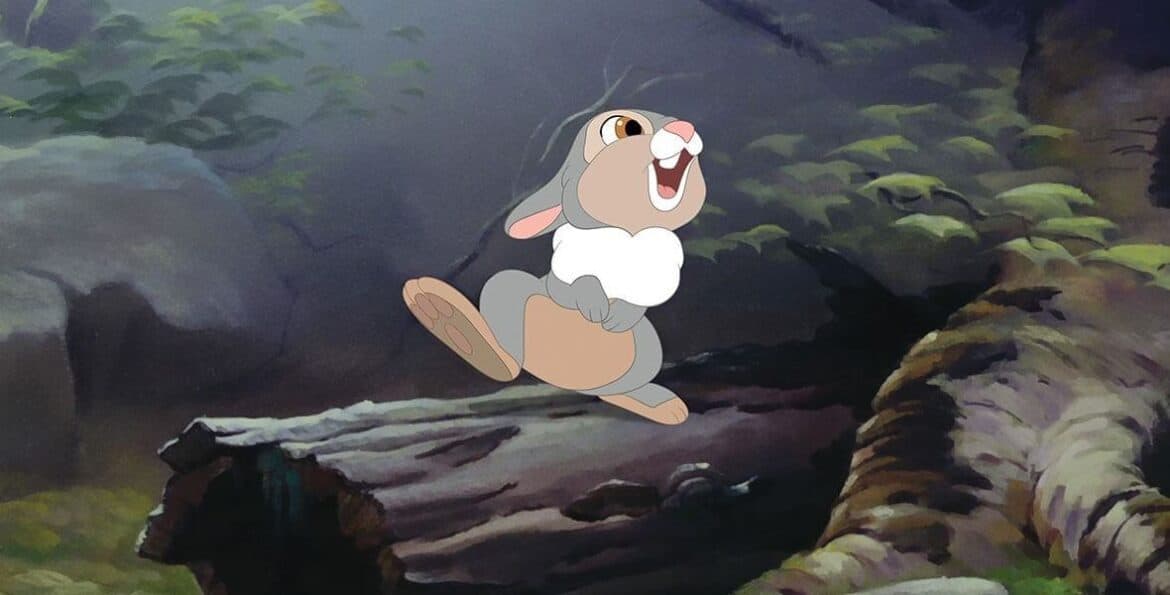
Thumber, the grey rabbit from Bambi, is one of the most beloved characters from Disney’s classic animated movie.
As young Bambi discovers the wonders of the forest, Thumber provides moral support and encouragement along the way. Thumber has a kind heart and always puts others before himself, making him an accurate role model for young viewers.
Thumber teaches valuable lessons about friendship, loyalty, and the importance of helping others in need. His kind nature and timeless wisdom make Thumber a cherished part of childhood memories. Disney fans will continue to admire Thumber for many years to come.
3Shenzi, Banzai, and Ed – Lion King
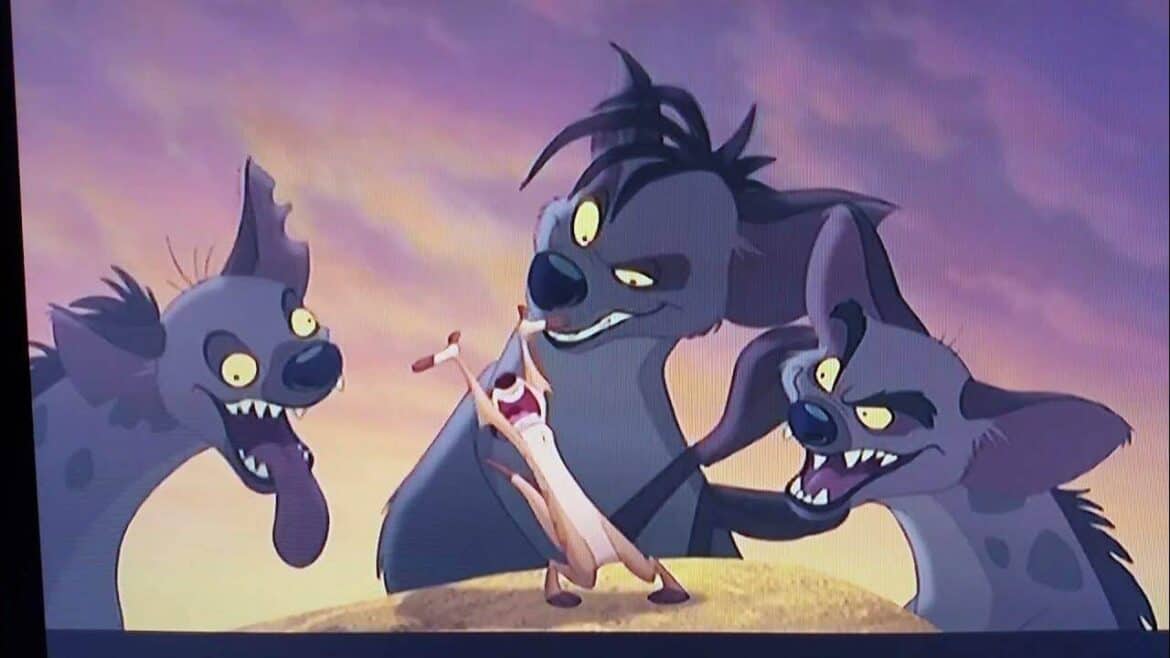
Disney’s classic tale is synonymous with Shenzi, Banzai, and Ed, the hyena trio in The Lion King.
Shenzi is the pack’s leader, often looking for a chance to prove her strength and cunning. Banzai is Shenzi’s right-hand man, always ready to follow her lead and provide backup.
Together, Shenzi, Banzai, and Ed make a formidable team of villains in the original Lion King film. Ed is Shenzi and Banzai’s comedic sidekick, frequently providing comic relief with his bumbling antics. Throughout the movie, they are seen chasing after Simba and trying to disrupt his quest to reclaim his home from Scar.
4Meeko – Pocahontas
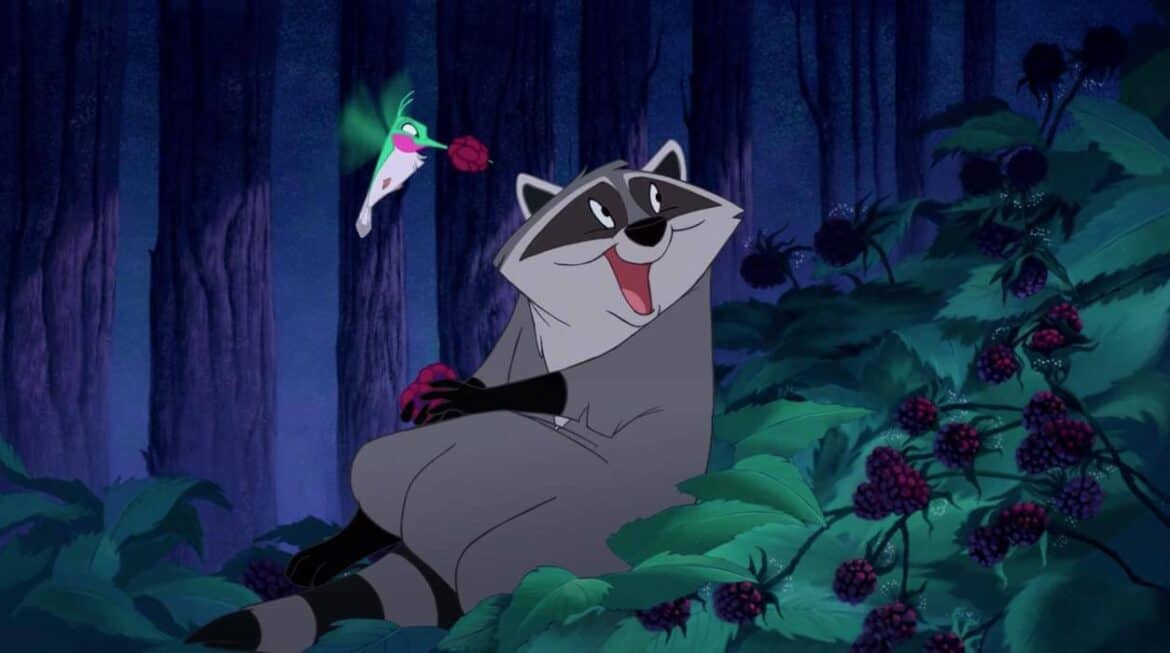
In Disney’s 1995 animated film Pocahontas, Meeko is an anthropomorphic raccoon.
Pocahontas often sees Meeko alongside her human companion, John Smith, as one of her loyal animal friends. Meeko is mischievous, playing pranks on those around him and getting into trouble.
Meeko is also a brave little creature and aids Pocahontas in saving John Smith from specific danger.
Throughout the film, Meeko provides comic relief through his loyalty to his companion.
5The Tramp – Lady and The Tramp
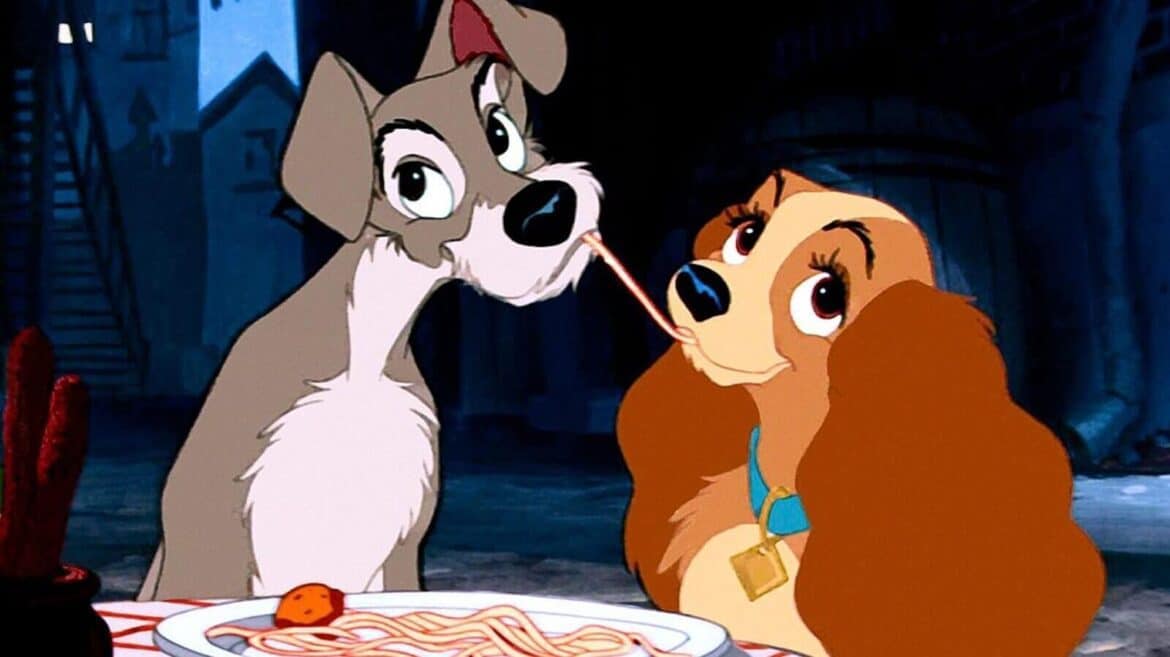
The Tramp, the male protagonist in The Lady and The Tramp, is a streetwise dog who lives independently.
He meets Lady, and the two of them soon become friends. The Tramp teaches her about living on the streets, and they eventually fall in love.
The Tramp’s courage, loyalty, and resourcefulness lead him into Lady’s family and ultimately into her heart.
Something dashing, adventurous, and caring about The Tramp makes him a favorite.
6Baloo – Jungle Book
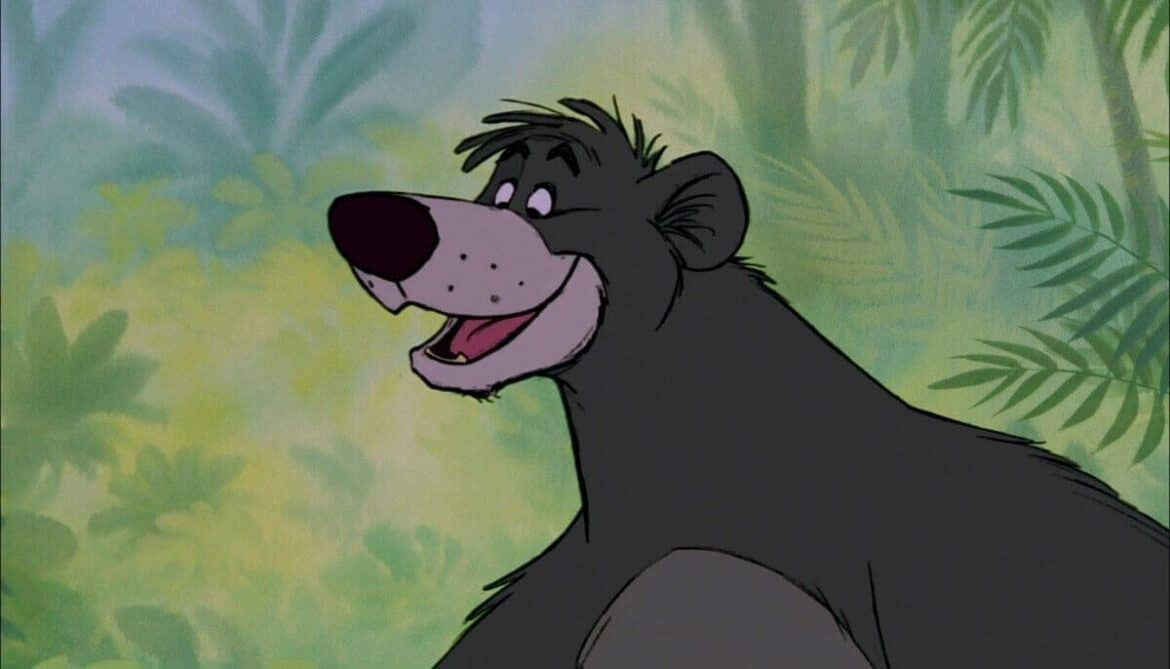
Baloo is a significant character in Rudyard Kipling’s Jungle Book. He is a sloth bear who also serves as the mentor of the “man-cub” Mowgli.
Baloo teaches Mowgli the Law of the Jungle to understand his place in nature.
He also helps Mowgli to understand that he is a part of the jungle, not apart from it. Baloo’s gentle and understanding nature makes him an important figure in Mowgli’s life and helps him transition into adulthood.
7Berlioz – The Aristocats
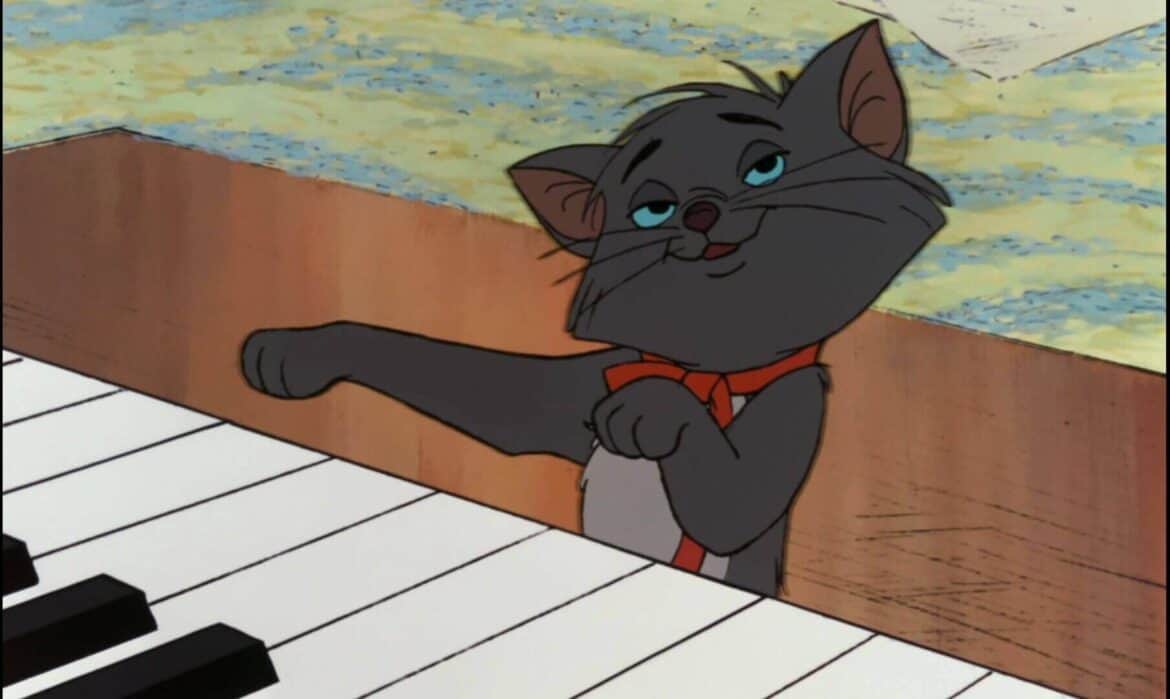
In the Disney movie The Aristocats, Berlioz is a gray housecat. He is the eldest of the Duchess’ three kittens and takes on the role of looking after his siblings Marie and Toulouse.
Berlioz is brave, curious, and loyal, always sticking close to his mother and siblings, no matter what crazy adventures they get caught up in.
In addition to being a talented singer, Berlioz also enjoys performing for friends. Despite their adventures’ excitement, Berlioz always remains calm and level-headed, ensuring everyone stays safe.
8Diana – Sailor Moon
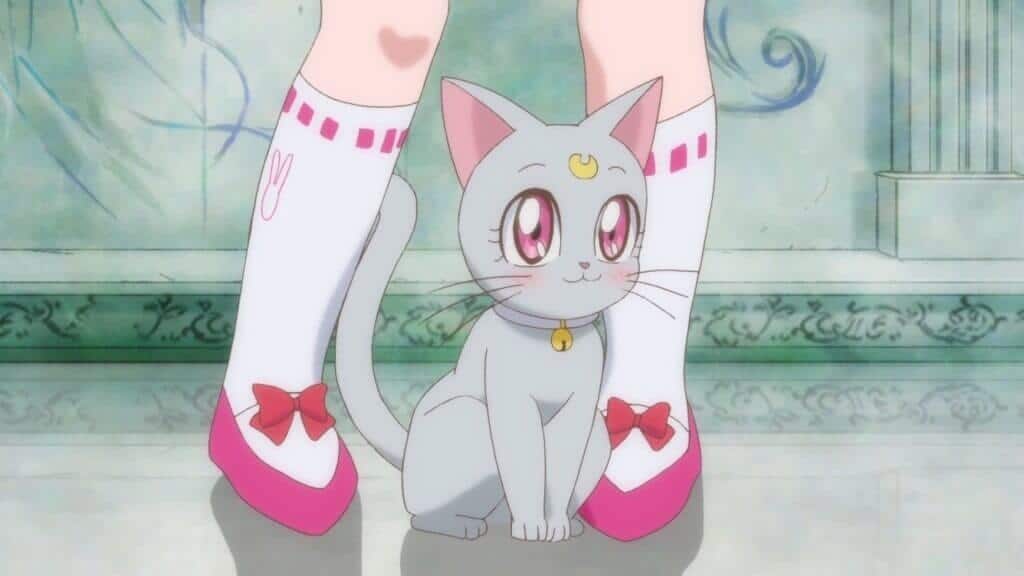
Diana, the cat from Sailor Moon, is a magical creature who is the adviser to Usagi Tsukino and her friends. As a result of her magical powers, Diana can transform into human and animal forms.
Whenever Usagi needs advice, Diana helps her use her magical abilities.
As a member of the Sailor Moon team, Diana provides comfort and support to the others.
Diana is often seen helping Usagi and her friends, whether it is by providing advice or just being a loyal friend.
9Sergeant Tibbs- 101 Dalmatians
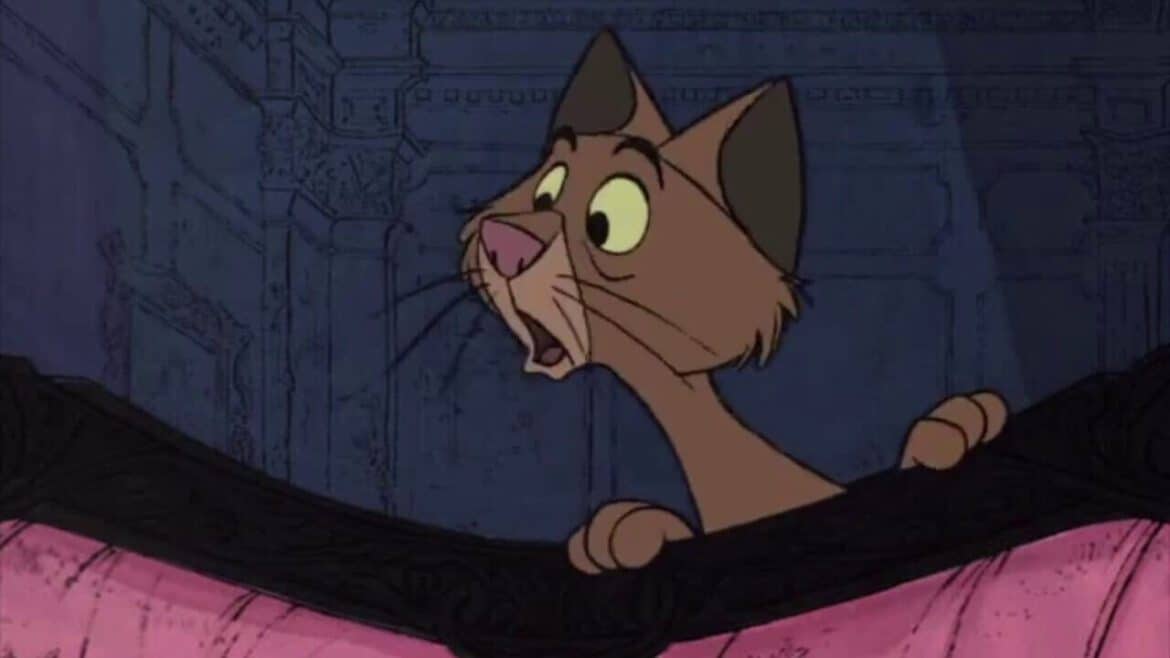
Sergeant Tibbs is a central character featured in Disney’s 1961 animated film 101 Dalmatians.
As a wise-cracking adult tomcat, Sergeant Tibbs helps Pongo and Perdita’s 15 puppies navigate the world by teaching them life lessons.
Sergeant Tibbs often provides comic relief with his sarcastic wit and is usually seen perched atop his family’s farmhouse fence in London.
Sergeant Tibbs saves Pongo and Perdita from Cruella de Vil’s pet-napping plot by Sergeant Tibbs.
10Nermal – Garfield
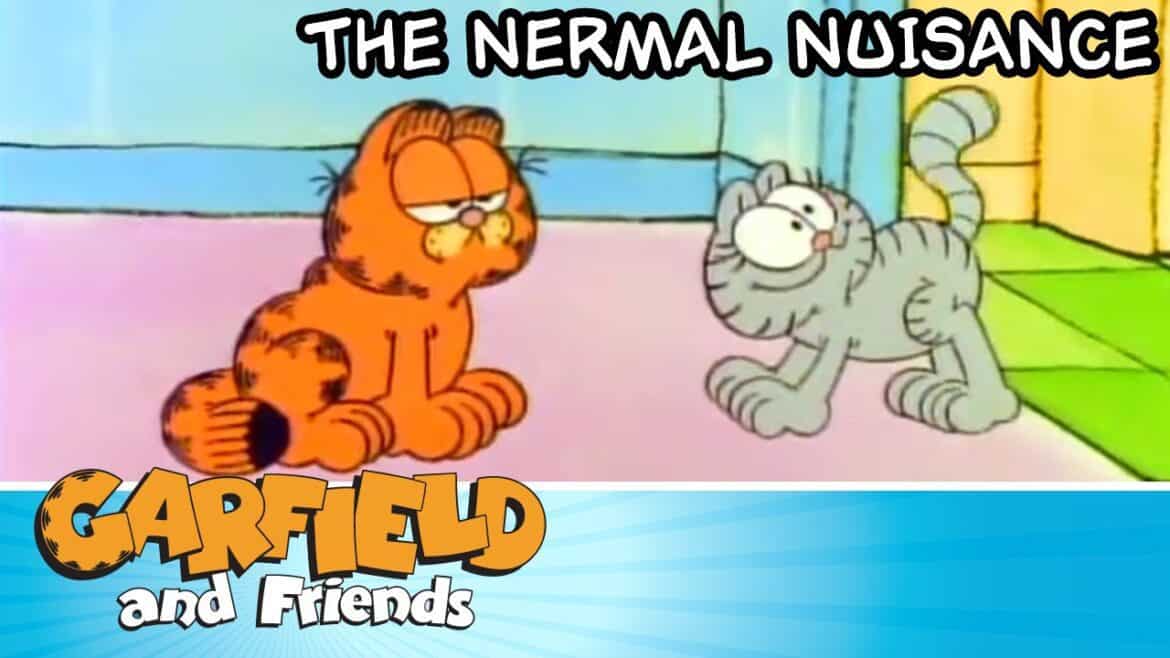
Nermal, the cat, is a beloved character from the popular comic strip Garfield.
He first appeared in 1984 as an adorable grey and white kitten, much to the ire of Garfield himself. Due to his sweet nature and innocent personality, Nermal quickly became a fan favorite.
Nermal’s catchphrase is “Hiya!” and he often turns up to surprise Garfield with his presence. Garfield’s frustration is exacerbated by Nermal’s love of attention and knack for getting into trouble.
As a mischievous and cute cat, Nermal often plays tricks on the orange cat.
Why Are Some Cartoon Characters Grey ?
Colors such as gray are used in cartoons for several reasons. One reason is that grey is a neutral color that does not distract from the character’s features or actions.
Rather than being distracted by bright or flashy color, grey lets viewers focus on a character’s facial expressions and movements.
Another reason for using grey as a character’s color is to convey a sense of mood or atmosphere.
Grey can be associated with emotions such as sadness, boredom, or apathy, so using it as a character’s color can help to establish the character’s personality or emotional state.
For example, a grey character might be portrayed as melancholy or introverted, while a character with a brighter color might be seen as more energetic or extroverted.
A third reason for using grey as a character’s color is to create a sense of realism. In the real world, not all objects or animals have bright or vibrant colors, and using grey can help to make a cartoon character feel more grounded in reality.
As grey is often associated with experience and maturity, it can give a character a sense of age or wisdom.
Overall, the use of grey as a color for cartoon characters serves various purposes, from establishing mood and personality to creating a sense of realism.
By carefully choosing the color of a character, animators and artists can help to shape the viewer’s perception of the character and the story being told.
What is The Importance of Grey in Cartoons?
Grey is often used in cartoons to create a sense of depth and dimension in the character’s design.
It can create highlights and shadows, giving the character a three-dimensional appearance. As grey is often associated with neutrality or calm, it can also establish a mood or atmosphere in a scene.
Gray can also convey a sense of age or wear, establishing the character’s background. Overall, using grey in cartoons is essential for creating visual interest and depth in the characters and scenes.